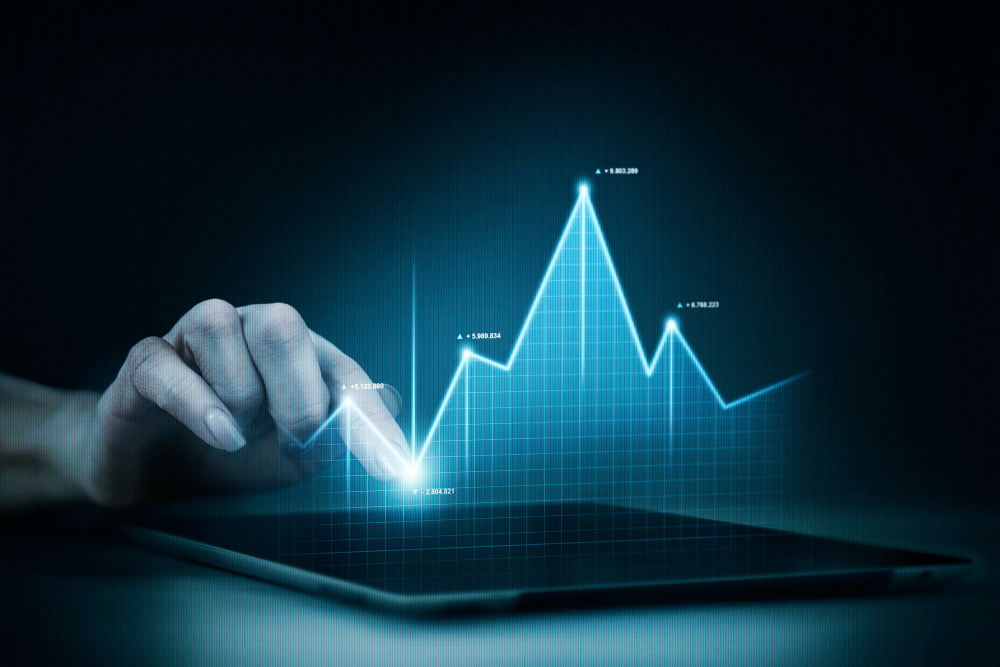The foreign exchange (forex) market, the largest and most liquid financial market in the world, has undergone a remarkable transformation in recent decades. At the heart of this evolution is the rapid advancement of technology, which has changed every aspect of the forex trading landscape. From accessibility and efficiency to tools and strategies, technology continues to redefine how traders and institutions operate in this dynamic market.
1. Enhanced Accessibility
In the past, forex trading was predominantly dominated by large financial institutions, multinational corporations, and wealthy investors. Transactions were often conducted via phone or in person, requiring large capital and access to specialized trading desks. Today, thanks to technological innovations, the forex market is accessible to anyone with an internet connection and a small initial investment.
- Online Trading Platforms: Platforms like MetaTrader, cTrader, and others have revolutionized forex trading, providing users with intuitive interfaces, real-time data, and advanced tools.
- Mobile Trading: Smartphone apps now allow traders to monitor and execute trades anywhere, ensuring they never miss an opportunity.
- Lower Barriers to Entry: With the availability of micro-lots and reduced minimum deposit requirements, retail traders can enter the market with minimal financial risk.
2. Advanced Analytical Tools
Technology has also transformed how traders analyze the market. Sophisticated analysis tools and software have made it easier to interpret complex data and make informed decisions.
- Technical Analysis Software: Programs offering charting tools, pattern recognition, and customizable indicators help traders predict price movements more accurately.
- Algorithmic Trading: Automated systems execute trades based on predefined criteria, eliminating emotional bias and ensuring precision.
- Big Data and AI: The integration of artificial intelligence and machine learning enables traders to analyze vast datasets, identify trends, and optimize trading strategies.
3. Faster Execution and Lower Costs
Speed and cost-efficiency are critical in forex trading. Technological advancements have significantly enhanced both of these aspects.
- High-Frequency Trading (HFT): Advanced algorithms allow institutional traders to execute millions of orders per second, capitalizing on the smallest price movements.
- Direct Market Access (DMA): Traders can now interact directly with the markets, bypassing intermediaries, which reduces latency and costs.
- Lower Transaction Costs: Competitive pricing models and the elimination of traditional broker fees have made trading more cost-effective.
4. Enhanced Security and Transparency
Security concerns and a lack of transparency have been significant challenges in the forex industry. Technology has introduced measures to address these issues, building trust among traders.
- Blockchain Technology: Decentralized ledgers ensure secure and transparent transactions, reducing fraud and increasing trust in the system.
- Licensed Brokers: Regulatory bodies use technology to monitor and enforce compliance, ensuring fair practices.
- Enhanced Cybersecurity: Advanced encryption and multi-factor authentication protect traders from cyber threats.
5. Education and Community Building
The digital era has also democratized access to education and fostered community building among traders.
- Online Learning Resources: Websites, webinars, and e-courses provide valuable knowledge for both beginners and experienced traders.
- Social Trading: Platforms like eToro allow traders to share insights, strategies, and even copy trades from successful peers.
- Forums and Communities: Online forums and social media groups enable traders to exchange ideas and stay updated on market trends.
6. Globalization of the Market
Technology has effectively removed geographical boundaries in forex trading. Traders from all corners of the globe can now participate in the market 24/7.
- Cloud-Based Solutions: These allow traders to access their accounts and trading data from any device, anywhere in the world.
- Cross-Border Payments: Advances in payment systems, such as PayPal, Skrill, and cryptocurrencies, have made funding accounts and withdrawing profits more seamless.
Challenges and the Future
While technology has brought many benefits, it has also introduced challenges. Cybersecurity threats, algorithm risks, and the learning curve of advanced tools require traders to remain vigilant and adaptive. Moving forward, new technologies such as quantum computing and further integration of AI are expected to push the boundaries of forex trading to even greater heights.
Conclusion
The forex industry has been significantly transformed by technology, making it more accessible, efficient, and secure than ever before. For traders, embracing these advancements is not just an option but a necessity to stay competitive. As innovation continues to shape the market, the opportunities for growth and success in forex trading will undoubtedly expand, offering endless possibilities for those willing to adapt and thrive.


